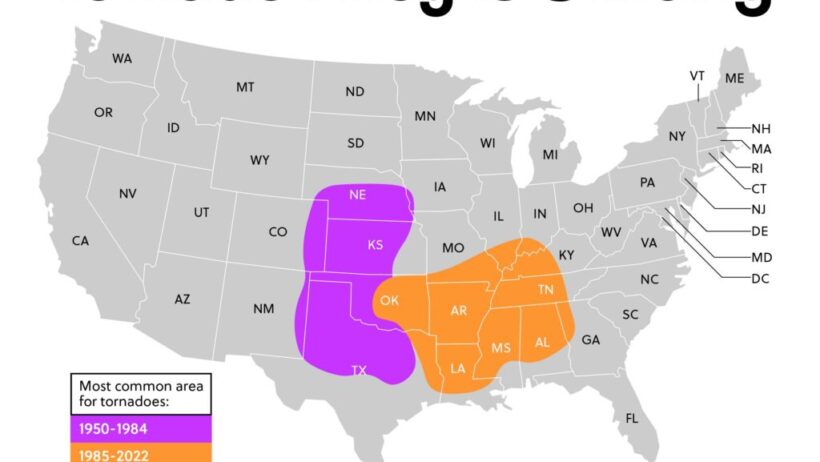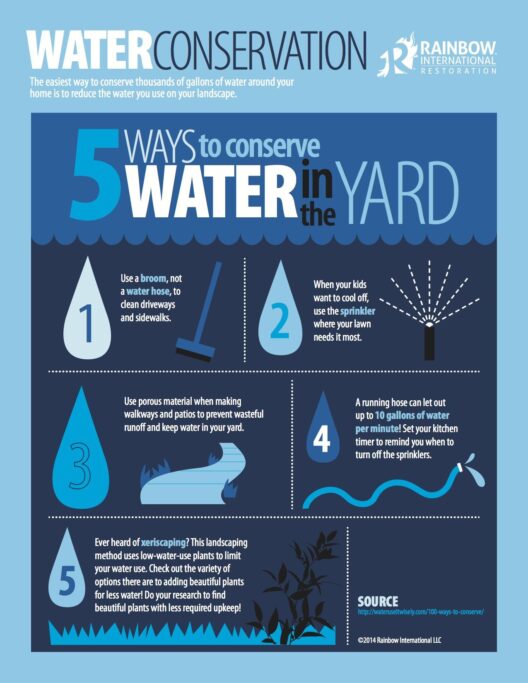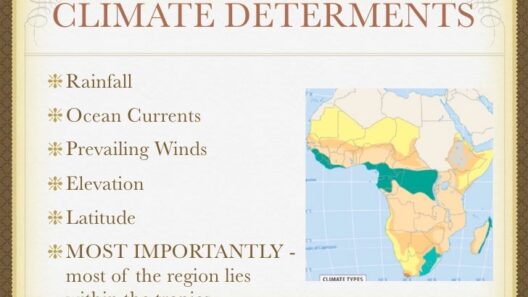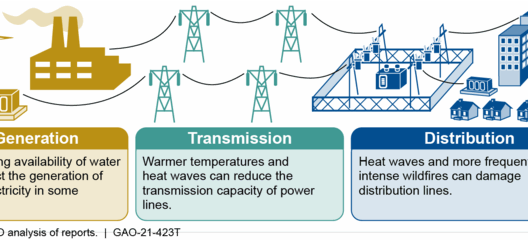The climate of the Midwest is a fascinating tapestry woven from a myriad of atmospheric influences, the geography of the region, and human activity. One of the most striking phenomena associated with this area is Tornado Alley—a zone notorious for its severe weather, particularly tornadoes. Understanding the climate here requires delving into the region’s unique characteristics, exploring the interplay between temperate extremes, and uncovering the deeper reasons for its captivating weather patterns.
The Midwest of the United States boasts a continental climate, exhibiting the classic traits of four distinct seasons. Winters can be stark and frigid, with bone-chilling temperatures and significant snowfall. Conversely, summers are often sultry, characterized by high humidity and scorching heat. Such temperature variance is primarily due to the region’s latitude, which places it at a transitional zone between warmer southern climates and the colder northern environments. This creates an intricate and ever-changing climatic milieu.
At the heart of this climatic discourse is Tornado Alley—an expansively defined area that weaves through parts of the Midwest, particularly in states like Kansas, Nebraska, and Oklahoma. This term refers not only to the frequency of tornado occurrences but also to the severe thunderstorms that regularly besiege the area, setting the stage for these violent formations. The presence of tornadoes can be attributed to several atmospheric conditions that are particularly pronounced in this region.
One critical factor is the convergence of warm, moist air from the Gulf of Mexico and cold, dry air from the Rocky Mountains and Canada. When these two air masses collide, they generate instability in the atmosphere, giving rise to the potent thunderstorms that can spawn tornadoes. The flat landscape of the Midwest further exacerbates this phenomenon, providing an unobstructed pathway for these air masses to interact violently. The interplay between temperature, humidity, and topography creates an environment ripe for severe weather, astonishing both meteorologists and the general populace alike.
Despite the devastation wrought by tornadoes, many individuals maintain a sense of awe and intrigue regarding these atmospheric marvels. The fascination largely stems from the spectacle associated with their formation—an emotional cocktail of fear and wonder. Tornadoes, with their funnel-shaped clouds swirling with almost otherworldly grace, encapsulate the raw power of nature. Furthermore, they serve as a visceral reminder of our vulnerabilities to climate phenomena. The duality of destruction and beauty invites contemplation on the complex relationship humans have with their environment.
However, the fascination with Tornado Alley goes beyond just severe storms. The Midwest experiences a broad spectrum of temperate extremes throughout the year. Spring often heralds the transition from winter to summer, a time when thunderstorms not only become frequent but also peculiarly intense. The rainfall during this season is critical for agriculture, supporting the vast corn and soybean fields that make the Midwest a vital component of the United States’ food supply.
Yet, the climatic patterns are not static; they evolve. Recent years have witnessed alterations in weather patterns that prompt scrutiny and concern. A phenomenon known as climate change plays a significant role in these shifts. The increase in greenhouse gases in the atmosphere leads to higher overall temperatures, which in turn influences the dynamism of weather systems. The warming climate may lead to enhanced moisture in the air, potentially causing more extreme precipitation events and, paradoxically, prolonged drought periods. Such variability poses challenges for farming, water supply, and overall ecosystem health.
The shifting climate has also begun to affect the distribution of tornadoes. While Tornado Alley has traditionally delineated a predictable region for tornado activity, researchers have observed shifts in tornado occurrence patterns—indicating a westward or even northward migration. This transformation may reveal underlying dynamics related to changing climate conditions, and it underscores the necessity of ongoing research. Understanding these trends is paramount for effective emergency preparedness and resource management.
Additionally, the frequency of temperature extremes is on the rise, with occasional abrupt transitions between scorching heat and frigid cold becoming more commonplace. This raises concerns about the adaptability of ecosystems and human settlements in the face of such rapid changes. Creatures unaccustomed to sudden temperature shocks may struggle to survive, disrupting the delicate balance of local ecosystems.
Ultimately, the climate of the Midwest is a complex narrative of wonder, anticipation, and challenge. Tornadoes and severe weather events intrigue not only because of their ferocity but also due to their intertwined existence with the region’s broader climatic trends. Tornado Alley epitomizes the dynamic nature of the Midwest climate, inviting inquiries into the implications of a shifting climate landscape.
As individuals and communities strive to comprehend their changing atmospheric environment, they must engage in proactive measures—utilizing meteorological advances to enhance community resilience while fostering an awareness of climate change’s impact. A holistic understanding of the Midwest’s climate, intertwined with proactive adaptation strategies, will be crucial as we navigate the complexities of our environment in the years to come.
As the climate conversation continues, we are reminded that each weather pattern, from the serene tranquility of sunny days to the stark disruptions of tornadoes, tells a deeper story of our relationship with nature. Our responsibility is to remain vigilant, informed, and engaged as stewards of our planet, committed to understanding and preserving the intricate balance of our ecosystems amidst an ever-evolving climate.







